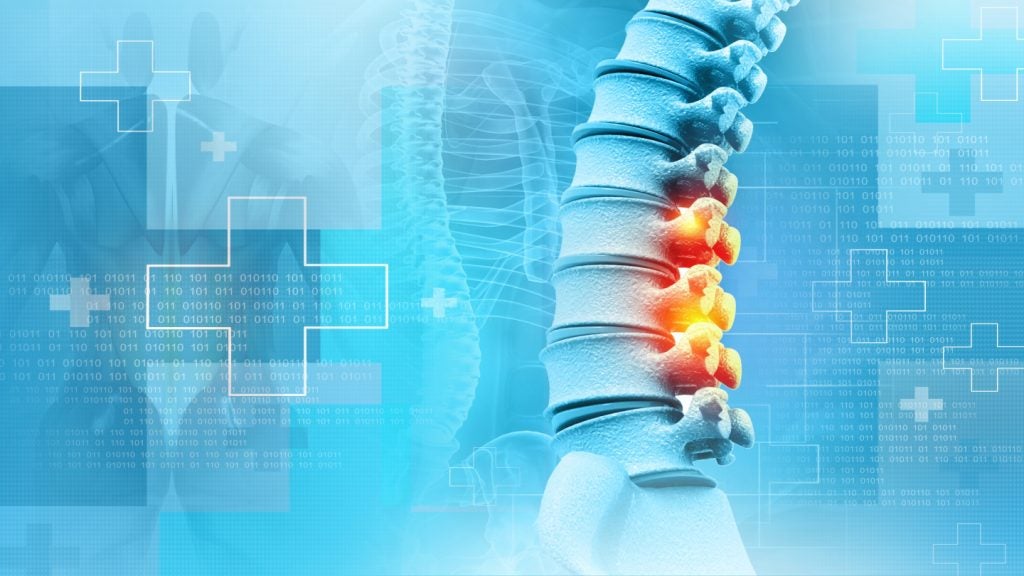Neonatal care as an organised and monitored healthcare priority developed relatively late as a function of hospitals. The prevailing wisdom was that births were best handled at home, in a comfortable and familiar environment for the mother, up until hospitals became preferred after the Second World War. Doctors and midwives making house calls were experienced and knowledgeable when dealing with routine deliveries, but often not equipped to deal with complications for the mother or baby. Incubators were available at hospitals for premature births, but transit often reduced their efficacy.
Hospital births had become more common in the early 20th century, with the availability of anaesthetics during labour allowing for dedicated study of obstetrics. Hospitals of the time were unfortunately not uniformly adhering to sterile practices and maternal infection rates were higher than for home births. According to the US Centers for Disease Control and Prevention (CDC), maternal and infant mortality rates decreased approximately 80% from 1920 to 1950, due in part to better training, sterilisation and an increase in hospital births.
Prenatal screening was incredibly helpful for obstetricians in preparing for birth complications and staging medical interventions. X-rays were used at first but fell out of favour after they were demonstrated to increase the risk of cancer in children screened this way, leading to the now-ubiquitous ultrasound being used.
Newborn screening has similarly yielded huge benefits in informing medical interventions. Standardised blood tests are able to detect treatable diseases that would otherwise not present symptoms while hearing tests catch issues present from birth. Pulse oximetry became standard for newborns in the US in 2011 after it was demonstrated that screening could reveal congenital heart disease. Other countries have begun to follow suit.
Premature birth capabilities have improved in neonatal intensive care units due to an increased focus and the development of incubation equipment. Early units used passive elements to control temperature and oxygen levels. With digitisation, there are now models that can monitor blood pressure, heart rate and respiration rate as well as incorporate accessories such as resuscitation systems, IVs, ventilation and phototherapy.
See Also:
How well do you really know your competitors?
Access the most comprehensive Company Profiles on the market, powered by GlobalData. Save hours of research. Gain competitive edge.

Thank you!
Your download email will arrive shortly
Not ready to buy yet? Download a free sample
We are confident about the unique quality of our Company Profiles. However, we want you to make the most beneficial decision for your business, so we offer a free sample that you can download by submitting the below form
By GlobalData







Related Company Profiles
Centers for Disease Control and Prevention